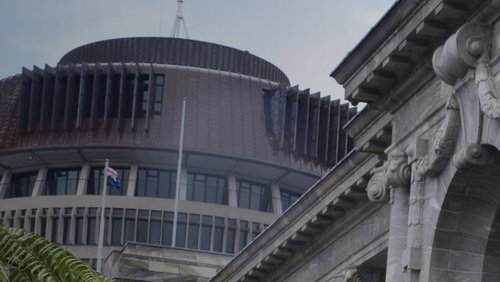8 Mar 2022
How are women – particularly those from ethnic minorities – disadvantaged when it comes to using public transport, and what needs to be done to make things more inclusive?
In the 19th century, women could only enter public places with a companion, in part due to concerns about safety. Remnants of this attitude exist today. The vulnerability of being a woman mandates the way they use transport modes. They are often limited in their mobility due to the constant worry of making the “wrong” travel choice. This can constrain their access to basic facilities such as healthcare, education and employment.
The majority of research studies on women’s travel habits have treated women as a homogeneous group. One intersectionality that has received less attention is that between ethnicity and gender relating to public transport use. In other words, there is little scientific evidence of the lived experiences and struggles women from ethnic minority backgrounds encounter when riding public transport.
Women from ethnic minority backgrounds face greater challenges, on a daily basis, compared to women of Caucasian ethnicity. In 2020, I conducted a study with my final year students on perceived safety of riding on public transport in Auckland. The study included interviews of 29 young women with an ethnic minority background. The key findings are:
- Young women from ethnic minority backgrounds are constantly on very high alert. They continue to employ precautionary measures which were employed in their home country, where transport environments are more adverse.
- From a young age, women from ethnic minority backgrounds are strongly influenced by travel safety perceptions discussed by family members, which reinforces a lasting sense of vulnerability in public transport environments.
- While precautionary measures employed are unique to the situation, the main mechanisms include remaining on high alert, contacting family or friends to reveal location or prearranging pick-ups from the stop/station at night.
- In fear, young women adapt by avoiding certain stations and routes for night-time trips. They act confident and try to appear unapproachable and uninterested in engaging.
In public transport design, the intent by service providers has always been to design for all. However, women’s needs are often secondary objectives and rarely included in policy strategies and design. They are often considered after implementation. For example, a common retrofitting procedure is to improve lighting at bus stops and train stations. Studies (for example Loukaitou-Sideris 2016) have shown that this has an adverse effect if it draws unnecessary attention (known as “spotlighting”). Practitioners rely on the principles of Crime Prevention through Environmental Design (CPTED) in their design to improve safety through design.
The weakness of this process is that the application of CPTED cannot be the only means for how women’s transport needs are addressed. Principles of transport equity and social justice are required in addition, such that women’s travel needs should be incorporated from policy right through to design and implementation, as shown in Figure 1. The public transport sector will continue to struggle to provide an inclusive system if they do not consider incorporating principles of equity in the early stages of planning.

Figure 1: Including gender in policy-making to implementation
Change only comes when we are able to acknowledge a weakness in the system. As a researcher, I feel a sense of urgency to address the weakness in our transport system. This feeling grew when my daughter, Ayrah, was born. What are the opportunities and burden we are placing on the next generation? As transport researchers and practitioners, it is our responsibility to reduce the burden we place on the next generation.
To create change, we must acknowledge the weakness – a lack in policy procedures which currently excludes women’s needs for safe mobility when using public transport. Furthermore, I encourage the transport sector to also carry out studies which examine intersectionality of women from different socio-economic backgrounds. With more disaggregate data, we can move forward to creating a more inclusive transport system.
Dr Subeh Chowdhury MEngNZ is a Senior Lecturer at the University of Auckland’s Department of Civil and Environmental Engineering. Prior to this she worked in the transport sector for WSP and for Beca. Subeh specialises in transport equity and travel behaviour of public transport riders. Her work on women’s safety riding public transport has been recognised internationally. She is a passionate teacher and has won several awards for her innovation in teaching.







